

First of all, your complaints about your current nose shape and your expectations after surgery are evaluated.
The deformity in the nose is detected precisely (asymmetry, curvature, low nasal tip, inverted V deformity, flattened nose, mandala stuck nose, piggy nose, clown nose, pinocchio nose, etc.).
Information about the causes of your detected nasal problem is given, solutions and the operation technique to be used are explained.
Intranasal structures are examined in detail with the help of an endoscopic device. If there is a serious breathing problem, a sinus film is taken. This examination is quite simple and detects other potential problems (polyps, sinusitis, adenoids, adenoids, nasal flesh, deviated septum, etc.) in detail. These existing problems are also corrected during the operation. When you decide on the operation, my assistant will plan the appropriate operation day for you.
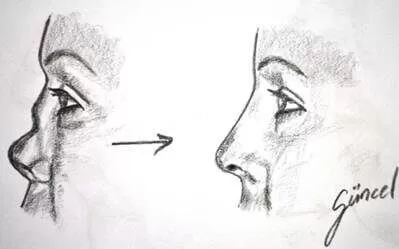
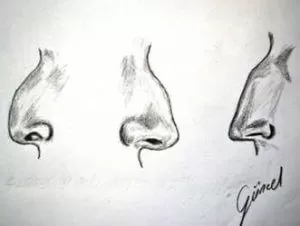
Depending on the previous nose surgeries and the condition of the nasal structure, closed technique (no scar at the tip of the nose) or open technique can be applied.
The cartilage, bone and soft tissues that make up the structure of the nose are reshaped. This process is a point where art and science meet. Low or excessive height at the tip of the nose, asymmetry, protruding area or missing area on the back of the nose, curvature of the nose, nasal tip and nostrils are corrected to achieve an ideal appearance. The aim of secondary rhinoplasty is to bring the nose to an ideal nose shape that is personalized and proportional to the face.
During correction, if cartilage is needed, my first choice is intranasal cartilages. If these cartilages are used or insufficient with the first surgery, it is necessary to take a cartilage graft. In this case, my second choice is ear cartilage and my third choice is rib cartilage. (Note: The removal of cartilage from the ear does not disrupt the shape of the ear and hearing function; there is no visible suture scar because it is removed from the back of the ear).
Deviated septum (curvature of the middle wall of the nose) and turbinates (nasal flesh) that affect nasal breathing are corrected during the operation.
After the nose is given a new aesthetic shape, special tapes are placed on the outside of the nose and a plastic splint is placed on it for 5-7 days.
No buffer is used.
Depending on the operation performed on the nose, either the patient is discharged on the same day or the patient stays in the hospital overnight.
Thanks to the 3-4 hour Hilotherapy mask after the surgery, swelling, bruising and pain on the face are much less than the old ice applications. While the cooling process is kept constant between 15-20 degrees, our patients are very comfortable thanks to the masks used during the application.
On the first day, the patient is relieved by cold application to the face (Hilotherapy for the first 3-4 hours and cold compress afterwards) and painkillers.
It is important that your head is elevated while lying down for a week after the operation (such as lying with two pillows) for the swelling to go down quickly.
4 days after the operation, if a perforated silicone splint (allows nasal breathing) is used, it is removed, and you can take a warm shower without wetting the plastic splint placed on the nose.
Swelling and bruising may occur 2-3 days after the operation (depending on the structure of the person and the technique applied) and then resolve quickly
After 5-7 days of the operation, the plastic splints and tapes on the nose are removed. And your nose is taped with skin-colored tape for another week to ensure that your edema is almost completely resolved.
You can return to work approximately 7-9 days after the operation
Depending on your nasal structure, you will be shown how to perform a nasal massage if necessary
Lens use can be started 3 days after the operation, light framed glasses can be started 1 month after the operation, and heavy framed glasses such as sunglasses can be started 3 months after the operation.
If nasal flesh and deviated septum have been intervened due to breathing difficulties, nasal congestion is normal a few months after the operation. This is due to swelling and crusts inside the nose.
Light-paced exercises that do not tire you can be done two weeks after the operation, and eight weeks after the operation may be the time to start swimming.
After the third week, you become more aware of the approximate new shape the operation has given to your nose and start to enjoy it.
The nose takes its final shape around 6 months-1 year.
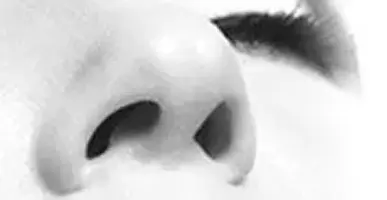
It is still an old habit of our patients. ... Read More
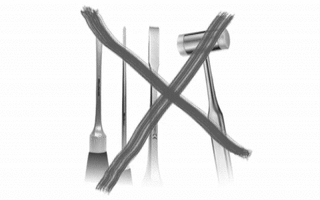
With the rapidly advancing and developing technology... Read more
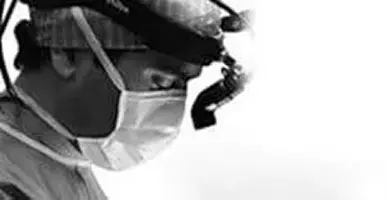
Depending on the structure of the nose, it used to be a nose... Read more
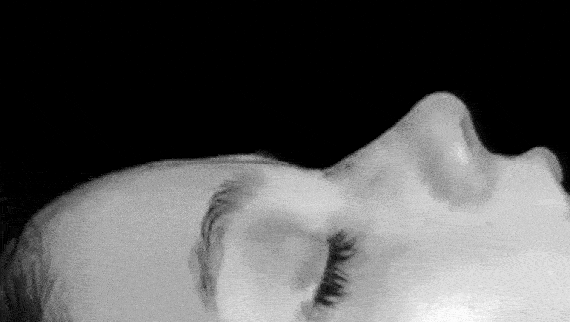
Nose aesthetics, ie rhinoplasty, is one of the most common surgical procedures in aesthetic surgery... Read more
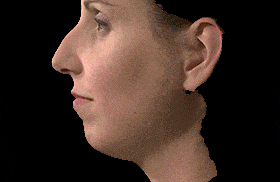
With the old habit, it is still one of our patients... Read more

In aesthetic nose operations, the nose of the patients... Read more

One or more nasal operations... Read more

Composite rhinoplasty, rhinoplasty surgeries... Read more
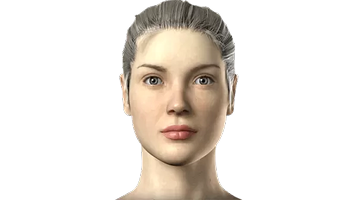
Finesse rhinoplasty is a procedure in which a patient's nose... Read more
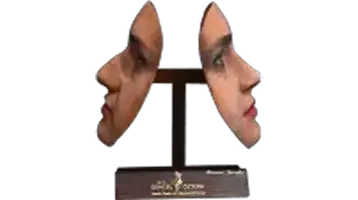
Nose aesthetics, ie rhinoplasty, is the most common procedure in aesthetic surgery... Read more
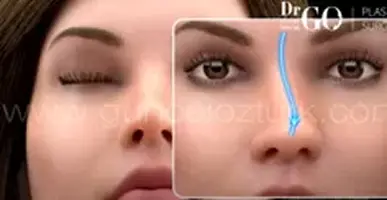
Rhinoplasty is usually performed with cosmetic concerns... Read more

My book The Art of Nose came out from Doğan Book House... Read more
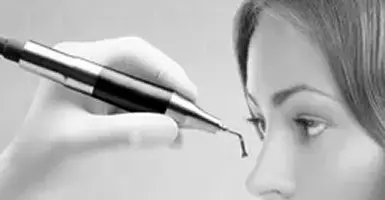
Technological advances in minimally invasive surgery... Read more
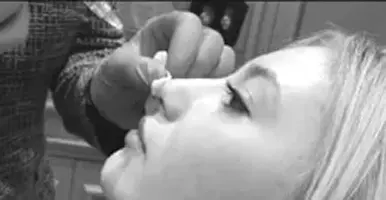
Also known as non-surgical rhinoplasty... Read more
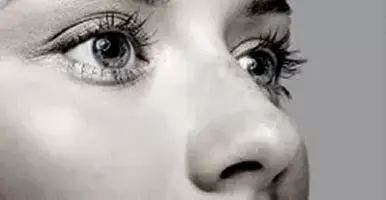
Partial cartilage and bones in the nose... Read more
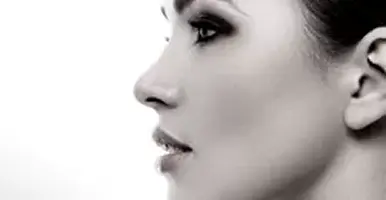
Rhinoplasty, usually performed with cosmetic concerns... Read more
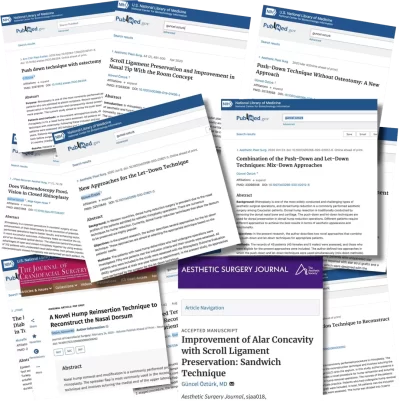



Copyright © 2026 Tüm Hakları Saklıdır.
SEO:
